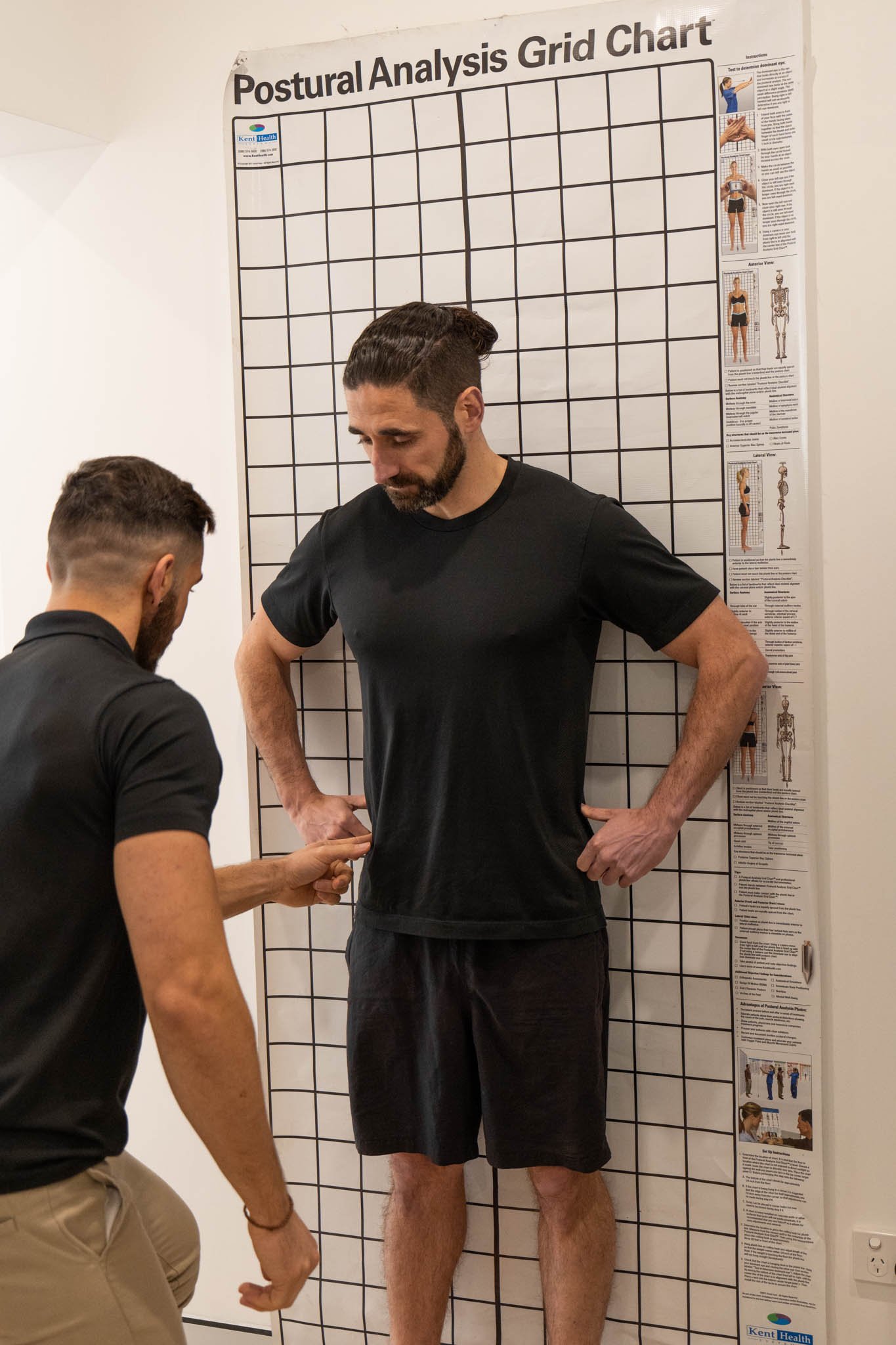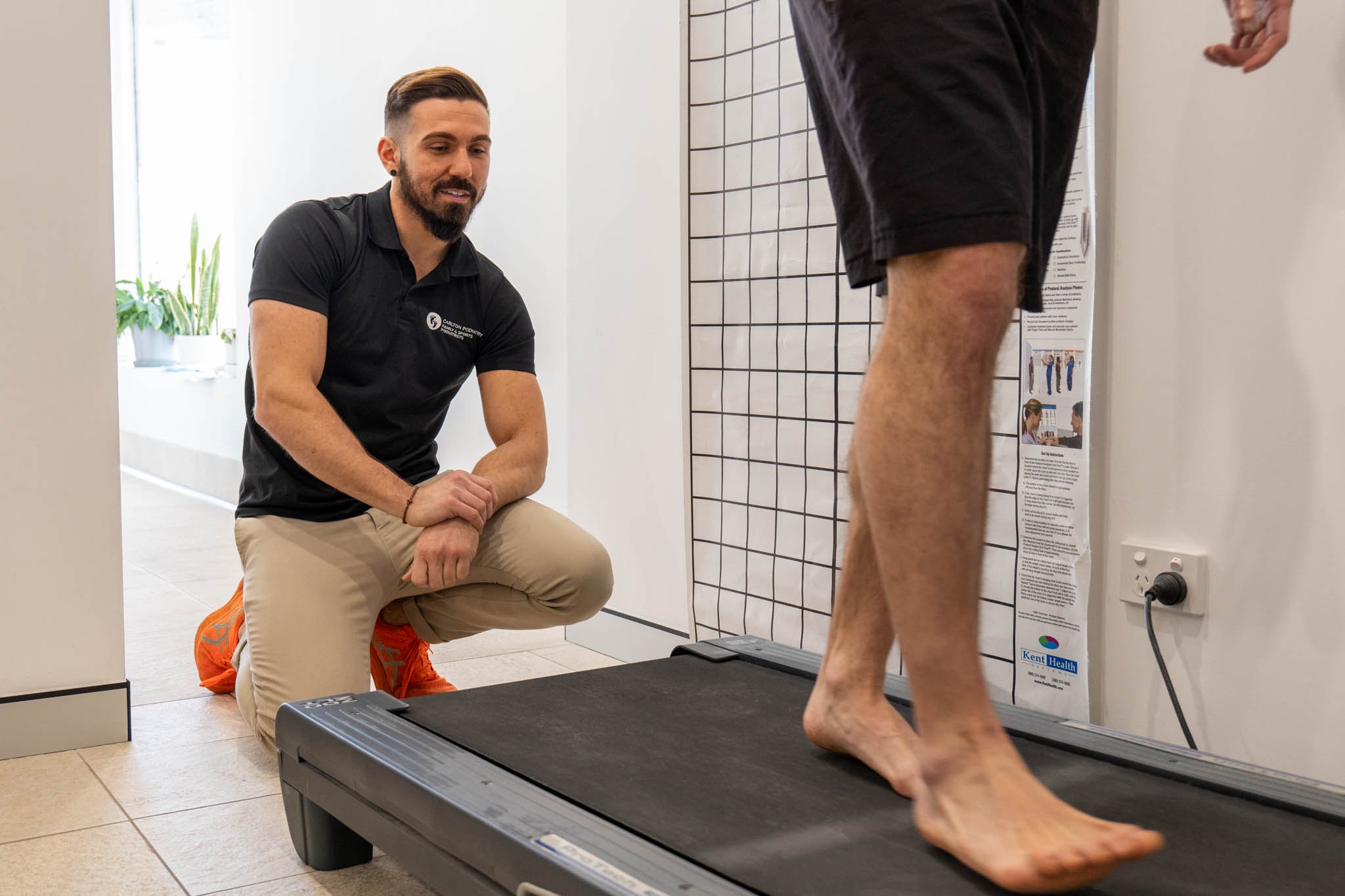
Biomechanical Assessments
A thorough examination of the structure, alignment, and function of the lower limbs to help identify abnormalities or dysfunctions contributing to pain or injury.
What Is a Biomechanical Assessment?
A biomechanical assessment is a thorough examination to analyse the structure, alignment, and function of the lower limbs, which includes the foot, ankle, knee, hip, and lower back.
This assessment can help identify any abnormalities or dysfunctions that may contribute to pain or injury. It generally includes the following steps:
Medical History: We’ll begin by talking through your medical history with you, which includes understanding any symptoms you're experiencing, past injuries, and your physical activity routine.
Observation and Physical Examination: We will observe your standing posture, looking for any misalignments or structural abnormalities. We’ll also check the flexibility, strength, and movement of your joints.
Gait Analysis: This part of the assessment involves an analysis of the way you walk or run. We use a treadmill and video equipment to capture the details of your foot motion as it strikes the ground and pushes off again.
Dynamic and Static Testing: We’ll perform various tests when you are stationary (static) and moving (dynamic) to assess joint mobility, muscle strength, and flexibility.
Footwear Assessment: We will check your footwear for wear patterns, fit, and appropriateness for your foot type and activities.
Analysis and Treatment Plan: Based on the findings, we’ll identify any biomechanical issues that could be leading to discomfort or injury. We’ll then develop a customized treatment plan for you that could include exercises, footwear modifications, orthotics, or referral to other specialists for further treatment if necessary.
Through this biomechanical assessment, we can detect and treat the root cause of various conditions such as plantar fasciitis, shin splints, Achilles tendonitis, and various types of knee, hip, or back pain.


